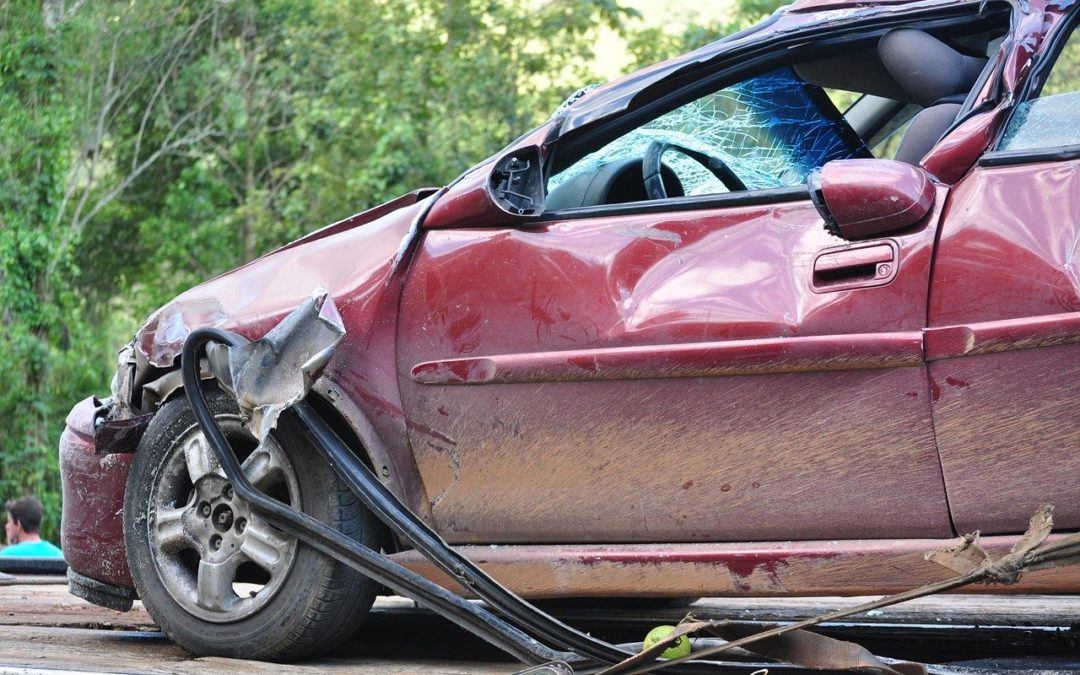What Causes Car Accidents?
by Jerry Mooney
According to the World Health Organization, approximately 1.35 million people die each year due to road traffic crashes.
Roadway incidents happen for a number of reasons. Sometimes it’s due to driver negligence, other times external factors are the culprit. In any case, all drivers must practice caution. We identified some common causes of auto accidents belong along with ways on how to prevent them.
Speeding
Speeding is a major cause of fatal road injuries. Drivers who go beyond the speed limit are at greater risk of losing control of the vehicle and causing a road incident. What’s more, the quicker a car accelerates, the longer it takes to slow down when faced with an obstacle.
The smallest increase in speed can heighten your risk of triggering a road collision. That’s why it’s crucial for motorists to know and stay within the speed limits while they’re driving. In turn, urban planners must put up visible speed limit signs and reminders at key points along the road.
Distracted driving
Distracted driving may be caused by action that diverts your attention from the road. This includes texting, eating, receiving phone calls, picking up items on the floor, reaching out to kids in the backseat. These activities can seem harmless at first glance, but can be fatal when done in the wrong moment.;
Stop yourself from constantly checking your phone by turning it off or setting it to do not disturb mode. Keep your phone out of sight or buried in your bag so you won’t be tempted to reach for it.
Improper turns and lane changes
Stop lights, turn signals, and marked lanes are there for a reason. When drivers ignore these guides, they put their own as well as other drivers’ safety at risk.
Pay close attention to signs and obey correct turn signaling etiquette before you change lanes. In turn, urban planners must invest in quality signage and functional stop lights to create a better driving environment. Cities can also partner with thermoplastic road marking paint suppliers to create weather-resistant markings that will promote safety for both vehicles and pedestrians.
Tailgating
Impatience often pushes drivers to problematic maneuvers. This includes tailgating or driving too close to another car. This proximity prevents drivers from reacting in time if the vehicle ahead of them brakes suddenly.
For every 10 mph you travel, leave at least one car length between you and the car in front of you. Allowa three-second cushion to pass but be alert so you don’t have to rush and keep up with traffic should you miss your signal.
Rain
Wet roads. Decreased visibility. Reduced tire traction. Traveling in the rain can be a nightmare for many drivers.
Even the best roads can become slick and hazardous during rain showers. Wet surfaces often cause vehicles to skid or spin out of control, increasing the risk of auto accidents. What’s more, a significant layer of water on the road easily causes cars to slide. Oil from the vehicles can also build up on the road, leaving greasy surfaces that makes for dangerous driving conditions.
While you can’t control the weather, you can take extra steps to weather-proof your vehicle. Most rain-related incidents are often intensified by poor car maintenance. This includes deflated tires that fail to provide a deep enough grip on the road. Rain can also lead to foggy windows which can impair your visibility. Installing a quality defogger and a reliable set of windshield wipers can help maximize visibility.
Getting into a road accident can be a traumatic experience. It can result to injuries, trauma, and financial struggles. Driving responsibly will not only help protect your vehicle but may also save a life.


Recent Comments